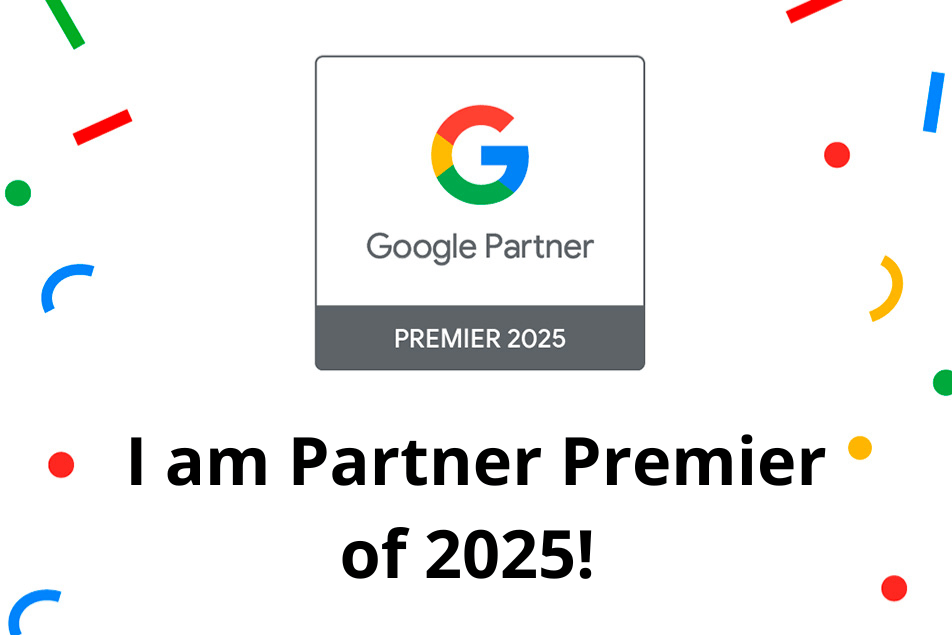
Redegal, Google Partner Premier agency 2025
RDG 7.90 €
Want to implement remarketing campaigns but don’t want to waste time or money? Remarketing helps maximize the value of web visitors and increase sales. We tell you the benefits, types that exist and how to apply it to your company in 4 steps.

Online shopping flows are complex so generating sales is complex too. That’s why strategies like remarketing are so useful for maximizing sales by optimizing resources.
Including remarketing in your communication strategy will allow you to recover those users who left your company’s website without making a purchase. With this digital marketing tool, you can win back those people interested in your product or service and transform that interest into a sale. Remarketing can also be used to obtain registrations for a webinar or other events, among other things. Its applications are wide.
In this post, we’ll give you tips to increase your sales or improve your brand’s conversion rate with a remarketing strategy. Ready? Keep reading to give your business the ultimate boost!
Remarketing involves creating personalized ad campaigns for people who have previously visited your company’s website. In other words, it is a strategy to reach out again to users who have shown interest in your products or services. Even those who have made a purchase before. Therefore, it will help guide users to complete the conversion process.
But, make no mistake! It’s important to note the difference between remarketing and retargeting, as they can seem synonymous. Their differences lie in the strategic approach. Let us explain:
What can you achieve by applying remarketing to your business? There are numerous advantages it offers to help your company increase sales at a lower cost compared to other strategies. Here are some of them:
Remarketing is key to increasing the probability of conversion. For instance, if you have an ecommerce site selling cosmetics and a customer leaves products forgotten in their cart, remarketing allows you to reappear in the user’s mind and encourage them with personalized ads to return and complete the purchase.
At Redegal, we have a professionals team ready to help you grow your ecommerce with remarketing strategies. If needed, we will also develop a complementary strategy to maximize your company’s potential.
Develope a remarketing strategy will help keep your brand top-of-mind with your target audience and strengthen their perception of it, reinforcing your brand identity. This is effective as long as the remarketing tactics are executed coherently and align with your communication objectives.
Personalized ads provide the opportunity for the audience to learn more about your brand and become more loyal. With greater awareness of your business, the possibility of them returning in the future increases. If they decide to keep track of your brand, they can also follow you on your social media channels.
Advertising will focus on individuals who have interacted with your company’s website. This means the budget will be reduced and more efficient, as it targets an audience that is already interested and has a real potential for making a purchase. Therefore, with lower spending, you can achieve more sales and improve the return on investment.
Several types of remarketing can be distinguished based on the formats of the ads shown to users or the methods used to collect data for creating lists. These include:
With dynamic remarketing, personalized ads are displayed, specifically related to the categories and products that users have previously visited. So, if a user who viewed these products delays their purchase and sees them again, they may reconsider the purchase option, increasing the chance of completing the transaction.
Site remarketing displays ads to people who have previously visited your brand’s website. This advertising appears on other websites and can be managed using Google Ads. Through this tool, your company’s products or services will be showcased with banners and with a single click, users will be redirected to your business’s official website.
Site remarketing can also be applied to customers who have already purchased from your ecommerce site and may be interested in buying additional products. By showing users items similar to what they previously bought, you can expand their purchase by identifying complementary needs or desires beyond their initial purchase.
Email marketing is a crucial component of a content strategy. You can also use it for remarketing by creating personalized emails for people who have already interacted with your website. These emails can capture their attention and encourage them to complete their purchase.
As a recommendation, personalize the subject, content and use attractive headlines to conclude with a strong CTA (Call to Action). This CTA can redirect users to a landing page where they can complete the conversion process.
This type of remarketing emails can be applied to various objectives, for example:
Mobile remarketing displays your company’s advertisements through banners on apps. This is one of the most popular options today. According to a GSMA report, over half of the global population owns a smartphone.
Search remarketing is done on search engines and the objective is the audience of those who have previously visited our website. The focus is particularly on the keywords users used when searching on your site. By understanding their search intent, you can tailor the content displayed to them about your brand, making your ads more relevant and increasing the probability of conversion.
An example could be if a user has searched for sports shoes, remarketing ad can highlight the features and benefits of that product. The goal is to capture their attention once again and guide them through the process until the conversion is completed.
In this case, user engagement is captured through interactions with videos or YouTube channels. Visitors to your brand’s videos will be targeted with ads, which will appear on YouTube or as display ads on other websites.
The growth of social media has enabled companies to benefit from their presence on these platforms. In addition to the content generated on them, which should be tailored individually due to their unique features and audiences.
Social media provides a way to implement remarketing and reach users who have interacted with your profile. For example, this can be done through targeted ads that appear in these users’ feeds. On Instagram, this might include ads appearing while users scroll through posts, view reels or navigate through stories.
We share four simple steps you need to do a remarketing campaign in your online business.
As with all communication strategies, the first step in creating a remarketing campaign is to define your objectives. Knowing what you want to achieve will help you choose the type of remarketing to implement, the platforms to use…
To give you some ideas, here are examples of goals: increasing sales of a specific product, gaining followers on social media, or promoting attendance at an event. As a tip, try to make your goals with the SMART method.
Before starting the campaign, it must be organized to be as optimized as possible. Points to note:
To accomplish your targets, you’ll need to execute the campaign. You can conduct a preliminary analysis of the platforms where your audience is active or the devices they use to access your website. This will help you determine the best channels to place your ads and ensure they reach your target audience effectively.
To achieve success, you can contact with our Marketing Automation team consisting of professionals specialized in this type of advertising. They manage campaigns for our clients with excellent results.
Monitoring the performance of your remarketing campaigns is essential to determine if you are achieving your goals and to identify any necessary changes. Key metrics to analyze include click-through rates on ads by platform and the level of conversions achieved.
Are you considering incorporating a remarketing strategy into your online store? If you have any questions, our team would be happy to assist you, as our clients are our top priority. Shall we talk?
You may be interested in our latest posts

Redegal, Google Partner Premier agency 2025

Nano Banana Pro and the Hype Trap: Why Your Brand Needs Strategic Judgement, Not Just the Latest Updates

New browser: Chat GPT Atlas. Will it dethrone Google Chrome? Spoiler: No

How to Use Interactive Content to Capture Leads
Discover the best digital strategies for your brand
Hi!
We are looking forward to hearing more about your digital business.
Tell us... What do you need?
Fill in the form or call us at (+44) 2037691249